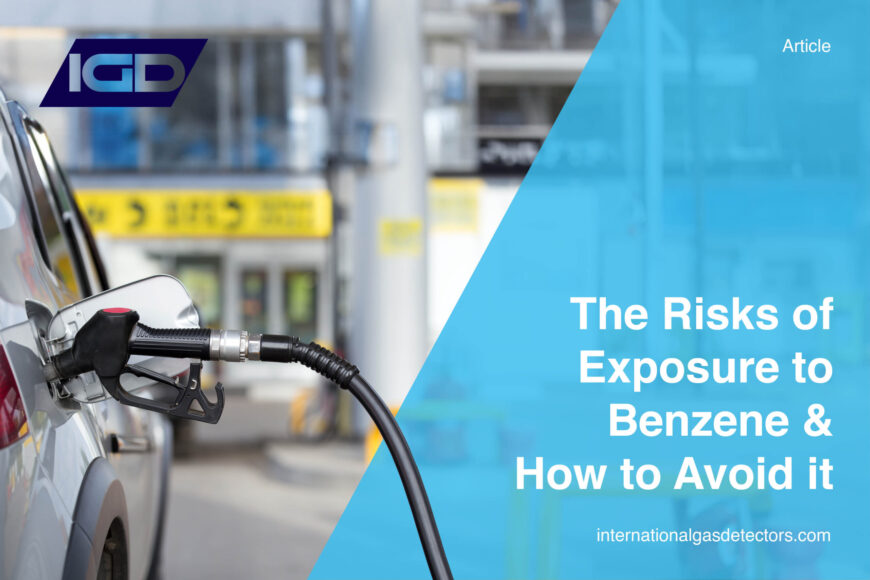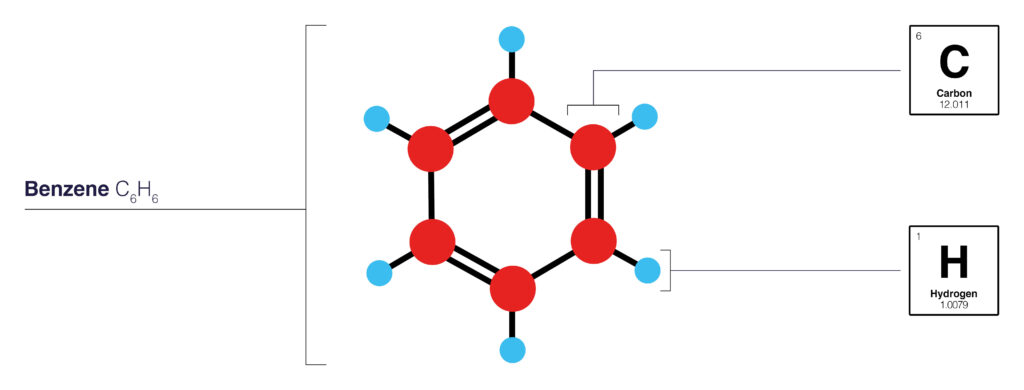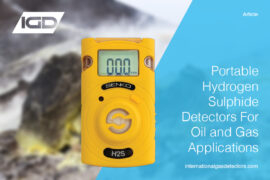Benzene is a colourless or light yellow liquid that is highly flammable. It has a sweet odour but is challenging to detect without scientific equipment, making it even more harmful than it already is. Exposure to benzene can be incredibly harmful to humans in many different ways. It can result in both short and long-term health impacts that can be detrimental to our bodies; thus, reducing the risk of benzene exposure is highly important. In this article, we will look at the risks and how to limit any exposure to benzene.
What are the Risks of Benzene Exposure?
There are numerous harmful effects that are associated with benzene exposure, but it is worth noting that the health impacts of a person can depend on several points. These factors include how someone is exposed, the duration of exposure, the amount of benzene they are exposed to and if any additional chemicals were present. Additionally, side effects may range in degree of severity and lasting impacts depending on the type of exposure.
Short-Term Effects of Benzene Exposure
After being exposed to benzene, some people may experience reactions within minutes or up to a few hours later. If higher levels of benzene are inhaled or consumed by eating or drinking, some of the side effects could include1:
- Burning sensation in the lungs or throat
- Confusion
- Convulsions
- Coughing
- Drowsiness
- Dizziness
- Headaches
- Rapid or irregular heartbeat
- Skin irritation
- Tremors
- Unconsciousness
- Vomiting
If extremely high levels of benzene are ingested or inhaled, death could occur.
Long-Term Effects of Benzene Exposure
Long-term exposure to benzene can occur if benzene is present in a home or working environment and, unfortunately, can have devastating health effects on the body. The core effect of long-term benzene exposure is on the blood, resulting in fewer red blood cells, excessive bleeding and damaging the immune system2. Other effects include:
- Cancers like leukemia and lymphoma
- Increased chances of infection
- Irregular menstrual periods in women
How to Avoid Benzene Exposure?
Because benzene can be produced by natural and man-made processes and is often used to produce a range of products, it can often be found in both urban and rural areas. Although there are strict regulations on the level of exposure, it isn’t always guaranteed that you won’t become over exposed.
Benzene is found in cigarette smoke, crude oil, and gasoline and is naturally produced by forest fires and volcanic eruptions. It is also a key ingredient in producing dyes, detergents, drugs, pesticides, plastic resins, and other products. Therefore, people need to be able to avoid benzene exposure if they are at risk of coming into contact with it.

PPE should be worn at all times to protect yourself from benzene exposure when working in an environment where you are at risk. The second level of protection from benzene exposure comes from using a benzene detector. Benzene specific detectors play a crucial role in identifying only Benzene rather than all VOCs, enabling personnel to respond immediately to the Benzene hazard. An experienced gas detection manufacturer will be able to identify the product you need to keep your personnel safe and provide a high level of support.
A Legacy of Innovation
IGD has a long history of innovation in the gas detection industry, starting with the first electronic flammable gas detector in 1917 – the Ringrose Methanometer. Over the years, IGD has continued to push the boundaries of gas detection technology and has become a leader in the industry. With over 100 years of experience, IGD has created the latest in hydrogen gas detection technology with the introduction of the MK8 Pellistor.





